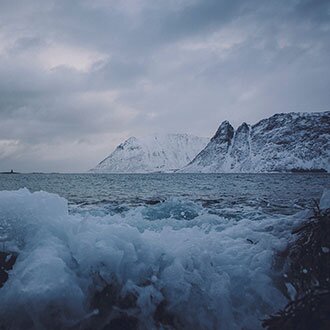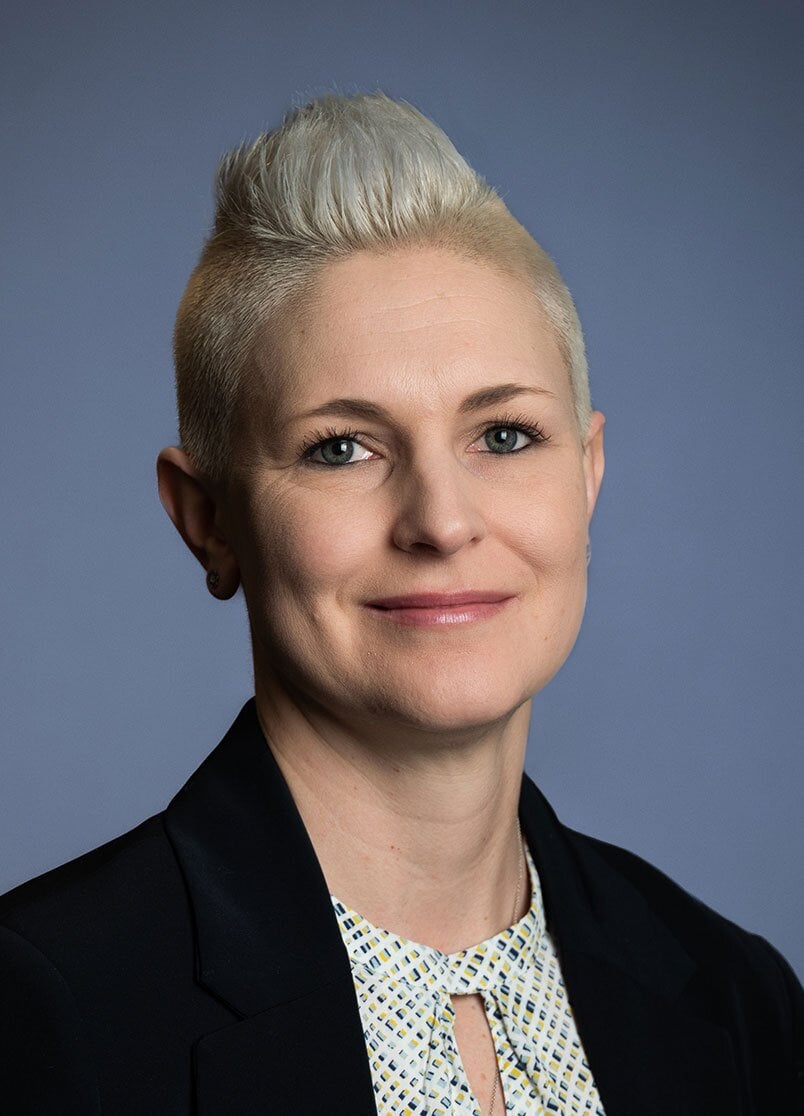Norway and the EU signed agreement on duty-free quotas
According to the new agreement, the EU will open 12 duty-free import quotas for Norwegian seafood.

The total seafood market in Sweden is estimated at 300,000 tonnes in 2024, with a per capita consumption of nearly 31 kg annually. The Norwegian Seafood Council is locally represented in Stockholm by manager Charlotte Rapp, under the leadership of Nordic Director Trym Eidem Gundersen.
The market is dominated by salmon, prawns, and cod, with salmon alone accounting for 25 percent of total seafood consumption. Species like herring also hold an important place in Swedish food traditions.
Sweden has one of the highest per capita salmon consumption rates in the world, with over 5 kg per person annually. The total salmon market is estimated at 54,000 tonnes, with Norway holding a full 100 percent market share.
Salmon is primarily consumed at home, while around 16 percent is eaten outside the home. Over 70 percent of Swedish households purchased salmon at least once in 2024.
Consumption has declined in recent years due to rising prices but began recovering in the second half of 2025 as prices dropped. Salmon also aligns well with the current protein trend in Sweden.
The total cod market in Sweden is estimated at 23,000 tonnes in 2024. Norway holds a market share of 30 percent, competing with Russia (38%), Greenland (13%), and Iceland (11%). Norway has a strong position in the fresh cod segment, with a market share of 86 percent.
Cod is mainly consumed at home. Consumption has declined, and with lower quotas ahead, availability will remain limited. Higher prices may lead consumers to opt for more affordable species like saithe.
There are also opportunities to increase Norway’s share in the frozen cod segment, as several grocery chains are phasing out Russian fish.
The saithe market is significantly smaller, with an estimated volume of 1,600 tonnes in 2024. Norway holds a high market share of 76 percent. Saithe is mainly distributed frozen, with some fresh saithe available at seafood counters. Sales of processed fresh saithe products remain low.
Saithe is a well-known species in Sweden, but awareness of its Norwegian origin is low. Consumption was previously higher and may rise again as more expensive species become less accessible.
The typical saithe consumer in Sweden is primarily in the older age groups. Therefore, there is a need to build saithe’s position among younger consumers.
The Swedish prawn market is estimated at 26,000 tonnes in 2024, with 83 percent being cold-water prawns. Norway is a key supplier of frozen, peeled prawns to Sweden. Prawns are the second most consumed species after salmon.
Frozen, peeled prawns have not been as affected by price increases as other species, and home consumption has remained stable. Convenience is important to today’s consumers, and this can be leveraged in the marketing of frozen prawns.
Swedish consumers care deeply about sustainability and animal welfare. Certifications like MSC are highly valued and are a requirement in Swedish retail. For certain species, Norway has an advantage as its fishing areas continue to meet MSC certification standards.
It is important to continue sharing knowledge about Norwegian aquaculture and fisheries, and to strengthen origin labeling in the market.
According to the new agreement, the EU will open 12 duty-free import quotas for Norwegian seafood.
The Norwegian Seafood Council has so far published a weekly tariff overview showing the status of trade quotas to the EU. These weekly overviews will be replaced by our new quota overview starting from Friday, February 2, 2024.

Exporters can register via our website. The estimated time to process the application is around 1 week from the day of the application.
The Norwegian Seafood Council's office in Sweden is located in Stockholm, at the Norwegian embassy. The director in Sweden is Sigmund Bjørgo.
Visit our consumer-oriented web page for Sweden:
Kngl. Norsk ambassade
Skarpögatan 4
Box 27829, 115 93 Stockholm
Telefon: +47 975 26 063

